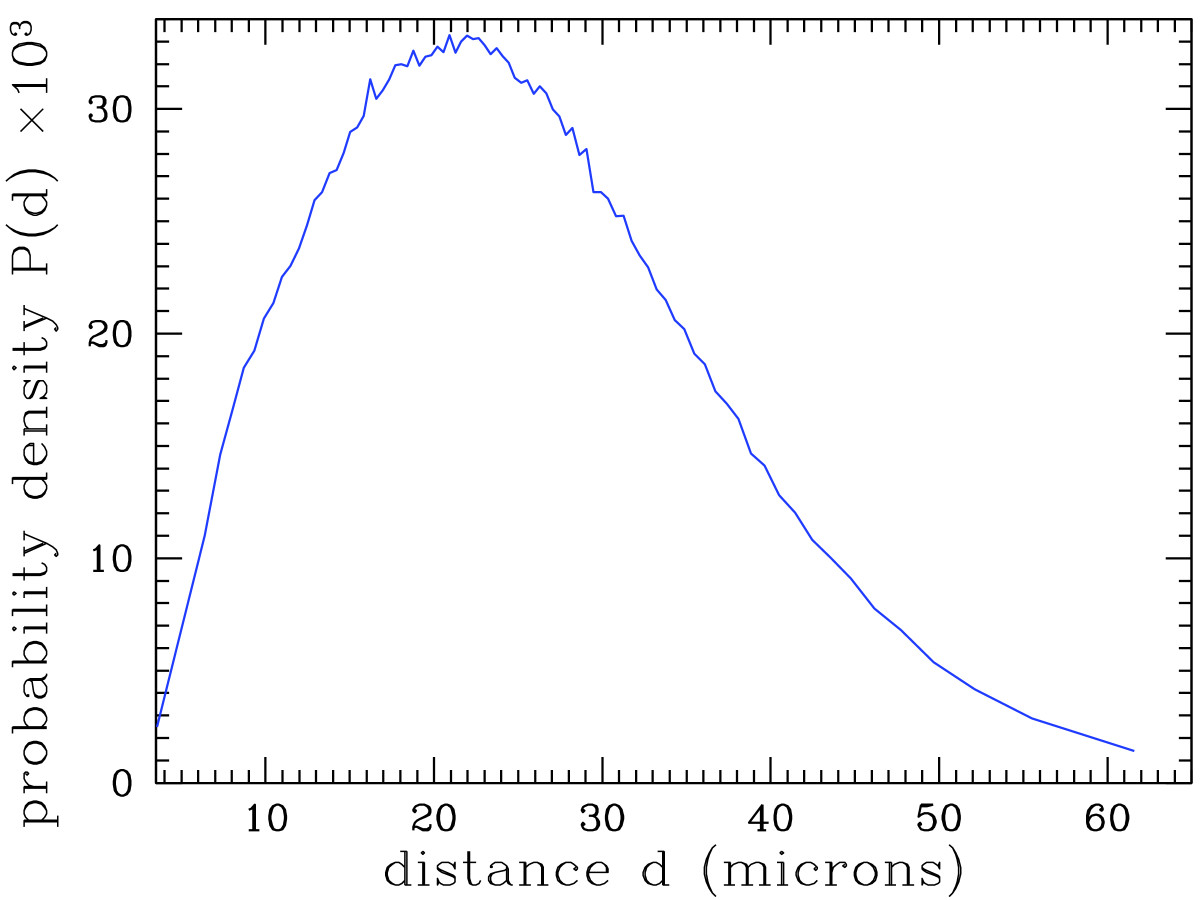Difference between revisions of "Template:Article of the week"
Shawndouglas (talk | contribs) (Updated article of the week text.) |
Shawndouglas (talk | contribs) (Updated article of the week text.) |
||
| Line 1: | Line 1: | ||
<div style="float: left; margin: 0.5em 0.9em 0.4em 0em;">[[File: | <div style="float: left; margin: 0.5em 0.9em 0.4em 0em;">[[File:Fig5 Deroulers DiagnosticPath2013 8.jpg|220px]]</div> | ||
'''"[[Journal: | '''"[[Journal:Analyzing huge pathology images with open source software|Analyzing huge pathology images with open source software]]"''' | ||
Background: | Background: Digital pathology images are increasingly used both for diagnosis and research, because slide scanners are nowadays broadly available and because the quantitative study of these images yields new insights in systems biology. However, such virtual slides build up a technical challenge since the images occupy often several gigabytes and cannot be fully opened in a computer’s memory. Moreover, there is no standard format. Therefore, most common open source tools such as ImageJ fail at treating them, and the others require expensive hardware while still being prohibitively slow. | ||
Results: We have developed | Results: We have developed several cross-platform open source software tools to overcome these limitations. The NDPITools provide a way to transform microscopy images initially in the loosely supported NDPI format into one or several standard TIFF files, and to create mosaics (division of huge images into small ones, with or without overlap) in various TIFF and JPEG formats. They can be driven through ImageJ plugins. The LargeTIFFTools achieve similar functionality for huge TIFF images which do not fit into RAM. We test the performance of these tools on several digital slides and compare them, when applicable, to standard software. A statistical study of the cells in a tissue sample from an oligodendroglioma was performed on an average laptop computer to demonstrate the efficiency of the tools. ('''[[Journal:Analyzing huge pathology images with open source software|Full article...]]''')<br /> | ||
<br /> | <br /> | ||
''Recently featured'': [[Journal:The evolution, use, and effects of integrated personal health records: A narrative review|The evolution, use, and effects of integrated personal health records: A narrative review]], [[Journal:Undertaking sociotechnical evaluations of health information technologies|Undertaking sociotechnical evaluations of health information technologies | ''Recently featured'': [[Journal:iLAP: A workflow-driven software for experimental protocol development, data acquisition and analysis|iLAP: A workflow-driven software for experimental protocol development, data acquisition and analysis]][[Journal:The evolution, use, and effects of integrated personal health records: A narrative review|The evolution, use, and effects of integrated personal health records: A narrative review]], [[Journal:Undertaking sociotechnical evaluations of health information technologies|Undertaking sociotechnical evaluations of health information technologies]] | ||
Revision as of 16:27, 5 October 2015
"Analyzing huge pathology images with open source software"
Background: Digital pathology images are increasingly used both for diagnosis and research, because slide scanners are nowadays broadly available and because the quantitative study of these images yields new insights in systems biology. However, such virtual slides build up a technical challenge since the images occupy often several gigabytes and cannot be fully opened in a computer’s memory. Moreover, there is no standard format. Therefore, most common open source tools such as ImageJ fail at treating them, and the others require expensive hardware while still being prohibitively slow.
Results: We have developed several cross-platform open source software tools to overcome these limitations. The NDPITools provide a way to transform microscopy images initially in the loosely supported NDPI format into one or several standard TIFF files, and to create mosaics (division of huge images into small ones, with or without overlap) in various TIFF and JPEG formats. They can be driven through ImageJ plugins. The LargeTIFFTools achieve similar functionality for huge TIFF images which do not fit into RAM. We test the performance of these tools on several digital slides and compare them, when applicable, to standard software. A statistical study of the cells in a tissue sample from an oligodendroglioma was performed on an average laptop computer to demonstrate the efficiency of the tools. (Full article...)
Recently featured: iLAP: A workflow-driven software for experimental protocol development, data acquisition and analysisThe evolution, use, and effects of integrated personal health records: A narrative review, Undertaking sociotechnical evaluations of health information technologies










